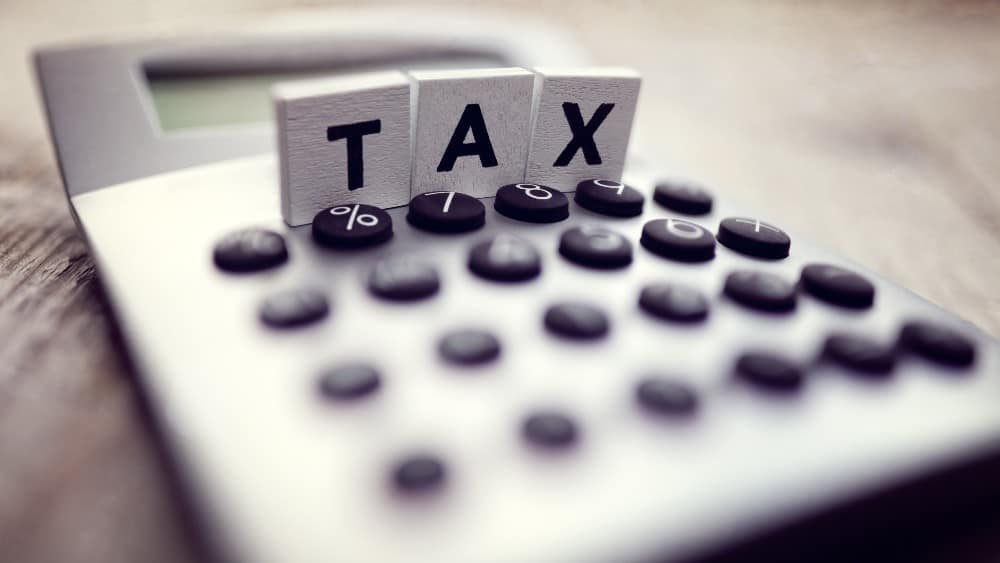Are you unemployed and preparing to take the CRB — or one of its equivalents like the CRCB or CRSB?
If so, it pays to know how much tax you’ll have to pay on the benefits. All of the CRA’s pandemic benefits are fully taxable, and you may be responsible for manually remitting the taxes yourself. If you’re self-employed, this works much like sending your business taxes to the CRA — you can send via cheque or your bank. In this article, I’ll be exploring how to calculate how much tax you owe on the CRB and how to pay it to the CRA.
$100 per cheque minimum
At minimum, you’ll get $100 taken out of every CRB, CRCB or CRSB cheque you receive. Your cheques are paid bi-weekly, so you’ll receive $900 on each one. That might seem like a downer, but remember that the CRA will expect you to pay taxes on your CRB money anyway. On that note, let’s talk about other taxes you may have to pay on the CRB.
Extra taxes depending on your marginal tax rate
The $100 that’s taken out of your CRB cheque isn’t necessarily all the tax you’ll have to pay on the benefit. If your marginal tax rate is higher than 10%, then you’ll have to pay more.
Your marginal tax rate is the tax rate you pay on an extra dollar of income. It’s generally based on the highest tax bracket you’re in. So, if your income is in the $53,000 to $63,000 range, you’ll pay the tax rate for that bracket on an extra dollar of income.
So, let’s say that you had a 33% marginal tax rate and received $1,000 in CRB in 2020. In that case, you would pay $230 in extra taxes. That is, $330 in total taxes payable, minus the $100 that was withheld at source. There’s also the matter of having to pay back part of your CRB back if you go over $38,000 in income. You can read more about that here.
Foolish takeaway
As I’ve shown in this article, you’re very likely to have to pay back at least some of your CRB cheques in 2020. First, there’s $100 withheld from the beginning. Second, there’s the extra taxes you may have to pay depending on your income. Third, there’s the repayment that kicks in if you earn over $38,000. All told, you may have to pay back more of your CRB than you’re comfortable with.
If that’s the case, you may wish to consider tax-free alternatives, like investing in a TFSA. If you hold stocks like Royal Bank of Canada (TSX:RY)(NYSE:RY) in a TFSA, both the dividends and the capital gains are completely tax free. That’s an especially big benefit when it comes to dividend stocks like Royal Bank.
With non-dividend stocks, you can avoid taxes by not selling. With dividend stocks, you can’t. So, the TFSA provides a nice tax-free environment to hold dividend stocks like RY. If your savings are considerable, putting them in a TFSA and buying dividend stocks may let you build up your very own tax-free income stream that makes the CRB unnecessary. That’s especially relevant when you consider how much of the benefit you may ultimately need to repay.









